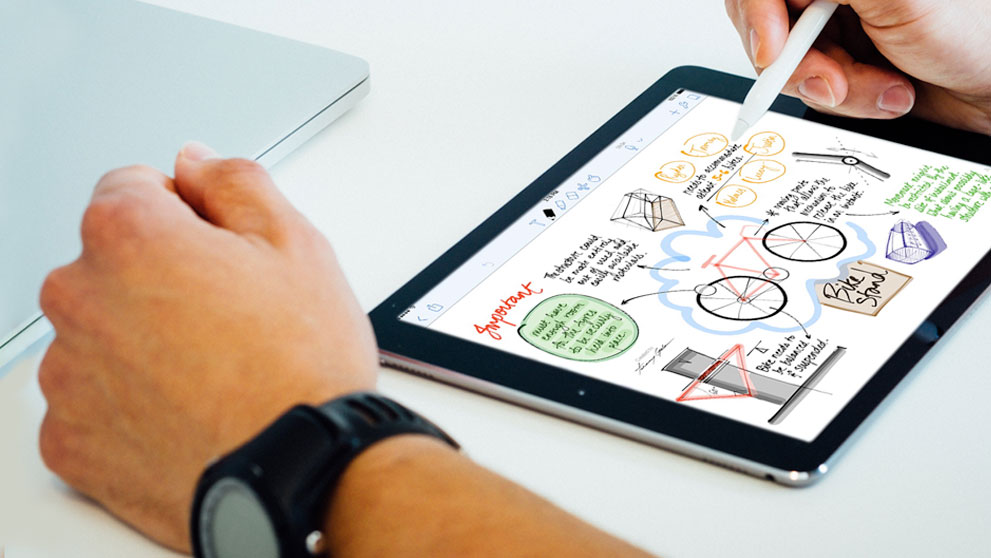Being more productive is often seen as a modern obsession, aimed at getting people to download the latest app to help them get things done faster. But it's far from a modern invention.
Productivity gains have always been vital to the economy, as they help us accomplish more with less. This is an introduction to the main techniques, aimed at helping you choose the right approach for your specific requirements.
Enhancing productivity has been a key concern for businesses since the industrial revolution, when the amount of human labor needed to prosper was reduced by machinery. Our current digital age has its own unique set of complications that impact output. Sometimes, the best way to escape from a productive rut is to switch up our tools. Whether it’s a smarter to-do list, a deep focus technique, or a more efficient way to schedule meetings, seeking both analog and hi-tech solutions can help manage time and produce better work.
Tackling that email inbox: ‘Inbox Zero’
Getting your email under control is one of the best things you can do for your productivity. In 2007, productivity hacker Merlin Mann developed the concept of ‘Inbox Zero’, whereby following the principles of ‘delete, delegate, respond, defer or do’ you can process all emails in 20 minutes.
In the decade since Mann’s Google Tech Talk, the number of emails we receive has increased massively, and we now need more guidance on how to prioritize. When new emails arrive, move them to one of the four appropriate folders: ‘Inbox’, ‘To-do’, ‘Follow-up’ or ‘One day’.
The only emails that stay in your ‘Inbox’ are those that are urgent and can be handled quickly. Drag non-urgent emails and emails that will require more than a three-minute response into your ‘To-do’ folder. Move any emails with tasks that you've delegated or you're awaiting a response for to the ‘Follow-up’ folder. ‘One day’ emails don’t require a response – they’re things you’d like to read/review at some point in the future. For more advice on taming the email monster, read here.
Simple productivity boosters: Getting Things Done®, to-do lists, batching
“Your mind is for having ideas, not holding them,” says David Allen, the productivity consultant who pioneered the Getting Things Done® method. This is aimed at helping us focus on actioning tasks, instead of committing them to memory. It uses a system to capture and prioritize tasks, then acts on the information that helps to move our key projects forward.
To determine how to prioritize each task, to-do lists generally ask two simple questions: ‘what’s the value in getting it done’, and, conversely, ‘what’s the risk if I don’t?’. Which item on the to-do list should you tackle first, the easiest or the hardest?
Make a habit of tackling the most challenging items first and stay one day ahead – at the end of each day set aside things that you can do tomorrow. This is a great way to ease stress and help make sure that tasks don’t slip out of sight.
‘Batching’ is a really simple technique that can help you accomplish lots of small tasks in a single block of time. By grouping simple, regular tasks into one concentrated work session, you turn many small tasks into a single task. For example, you might batch all your social media activities for the week into one two-hour block, or you might action all of your daily email correspondence in one specific time slot.
Promoting efficiency: ‘Pomodoro technique’
Our digital lives are full of distraction. One way of training yourself to focus is to use the Pomodoro technique, which encourages you to concentrate in 25-minute portions. Pomodoro is a cyclical system, which means you work in short sprints, taking a five-minute break after each 25 minutes of focused work. After the fourth Pomodoro cycle, take a longer break of around 15 minutes.
Repeating the process a few times over the course of a workday, means that a great deal can be accomplished. It's important to note that a Pomodoro is an indivisible unit of work – that means if you're needed by a colleague, you should end that Pomodoro, or postpone the distraction until the Pomodoro is complete.
Fail the right way: ‘Failing Fast’ vs. ‘Failing Well’
When you're being innovative, failure is inevitable. One popular school of thought insists that, short of success, ‘failing fast’ is the next best result. ‘Failing well’ is another pragmatic approach, which puts the accent on failing with continuous learning.
Instead of abandoning projects when they run into trouble, 'Failing Well' insists we make our decisions and stick with them, as completion is more important than perfection. The further you progress with a project, the more you learn. Gather knowledge from everything that didn't work and don’t stop trying to grow creatively once you’ve implemented the first successful idea – creativity exists in everyone, as long as they are willing to experiment and learn from their mistakes and failures.
Manage your time working from home
Making the most of meetings: set a clear agenda
Meetings can be bad for business, and if nothing is accomplished frustration may ensue. When you schedule a one-hour conference, it often doesn’t seem like a big deal. However, meetings take time from everybody attending – if you have seven participants in an hour-long meeting, the business has lost seven hours of working time.
When you arrange a meeting, make sure you know what you want to accomplish, stay on topic and encourage participation. Add some variety by meeting for a shorter period of time, with fewer people, and with a much greater focus on accomplishing something – this way everyone understands the agenda and strives for productivity.
Managing your business remotely
Managing your business remotely
Having to adjust to running your business remotely? Read our tips and advice here
read now























